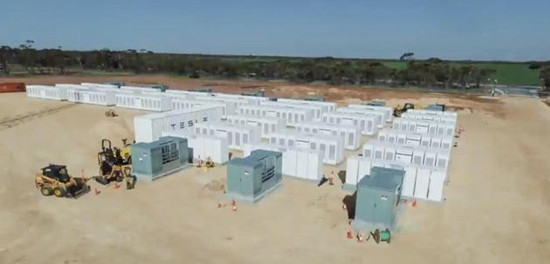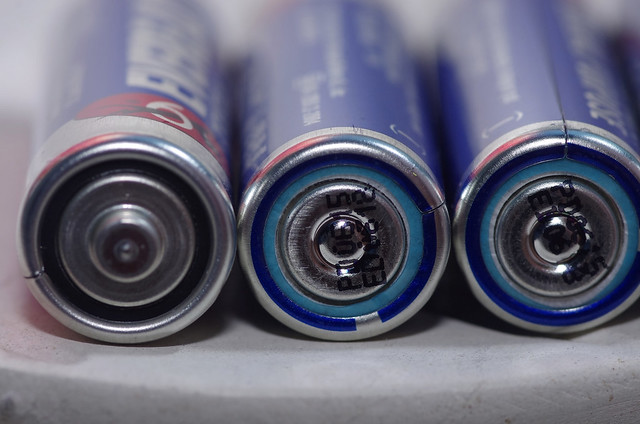Lithium Polymer Battery Composition-Introduction, Making, and Protection
Dec 26, 2019 Pageview:884
Lithium polymer batteries have grown to be accommodated in many consumer devices and its most popular application has been in the radio control industry providing longer run times and more substantial power supply. They offer many benefits to the multitude of users with their vast application in drones and RC planes but to fully appreciate the battery’s contribution; you need to embrace and understand more about it than just its use.
What is inside a lithium polymer battery?
Lithium polymer batteries are an evolutionary version of the previous lithium cells as, instead of using liquid lithium salt electrolyte contained within an organic solvent, it utilizes a solid polymer electrolyte. Just like any other cell, a lithium polymer battery is made up of a positive electrode, a negative electrode, a separator and the electrolyte. The anode is made up of lithium compounds and coated with aluminum foil while the cathode is constructed from carbon and covered with copper foil. The cell uses a gelled electrolyte and separates the electrodes using a microporous separator.
The cells come in a flexible foil casing that depicts a food package which reduces the weight of by a significant 20%.
How do you make lithium-polymer batteries?
Lithium polymer batteries are commercially made in factories through a collection of various industrial processes and here is a simplified version to help you understand:
Developing the electrodes separately
The electrodes of this intended lithium polymer battery consist of the anode and cathode just like any other cell type. These are, however, prepared separately and in different rooms or labs to avoid any form of contact, which could result in damage within the battery due to chemical reactions. The cathode is designed from carbon and covered with copper foil while the anode is assembled from lithium compounds and covered with aluminum foil. The electrodes are produced as long thin sheets or strips.
The sheets are then compressed to make them extremely thin sheets and are then cut into the desired width using individual cutting machines. Keep in mind that these processes are still being done separately for the cathode and anode in different rooms. The thin rolls are henceforth inserted into another machine, which will attach a terminal to them and cut them into the recommended length.
Bringing the electrodes together
Once the electrodes have been prepared to the end, a seemingly thin and semi-permeable membrane is inserted between a set of one cathode and one anode, and the resulting design is fed into a machine that folds it many times to make a compact size. Ultimately, it is wrapped up and taped then inserted into the required casing to form one cell. The casing is then welded thermally from three angles or sides.
Tapping the electrolyte into the cell
Lithium polymer batteries use a lithium-ion polymer electrolyte that is pumped into the newly formed cell. This process is carried out in special chambers where the temperature and humidity are highly regulated to avoid impurifying the electrolyte and thus spoiling the whole battery. Once the electrolyte has been efficiently pumped into the cell, the fourth side of the battery is sealed.
The first charge
Once the battery is ready, it requires the manufacturer to charge it which can also be referred to as forming the battery. Charging begins at a low voltage which gradually builds up with time until the cell is fully charged. The battery is then highly compressed using machines to drive out any air that may have accumulated inside during its first charge cycle. The compression process might result in some of the electrolytes collecting on the battery sides of the casing which is, however, removed and the cell trimmed.
The final touches
Finally, a protective circuit is attached to the cell, which prevents the following conditions:
Overcharging
Long undercharged states
Short-circuits
The naked battery is sent down a long hot tunnel that acts as an oven where the cylindrical heat shrank label is stuck to it thus resulting in the familiar AA battery.
How do you protect lithium polymer battery composition?
Protecting your lithium polymer batteries includes ways through which you prevent them from faster degradation or damage. Such strategies all revolve around proper care for your batteries to ensure they perform better, last longer and avoid the risks posed by these cells.
Monitoring the discharge rates
It comes as an undeniable fact that if you discharge your lithium polymer battery past the specified C rating, you will be exposing the cells to high risks of damage. Also, profoundly discharging your lithium polymer batteries can be damaging to them. Statistics have shown that a large percentage of damages to these batteries is caused by the users’ mistake of running them flat regardless of their quality, which ultimately leads to irreversible effects.
You are advised to leave an appropriate level of charge in the battery because draining these cells entirely is one of the primary reasons for early battery failures. A polymer battery drained every time may only last about 50 cycles, so be sure to aim for not more than 80% of the total capacity.
Regulating temperatures
Lithium polymer batteries tend to work well in warm or room temperatures. They can still function in temperatures of up to 60oC but perform poorly in cold conditions. A warm battery will serve you well, but going above 60oC can be damaging to the cells.
Storing the cells
Manufacturers recommend that lithium polymer batteries should be stored between 5oC & 27oC when storing over extended periods. However, note that battery packs left fully charged for extended periods are subject to heat and thus can lose capacity. Ensure you store your cells in a cool and dry area or use the suitable storage devices such as plastic bags or containers.
Final thoughts
Now that you have known more about LiPo batteries, it is up to you to ensure that you follow the advice given in this guide to ensure that you get the most out of your cells.
Leave Message
Hottest Categories
-
Hottest Industry News
-
Latest Industry News












